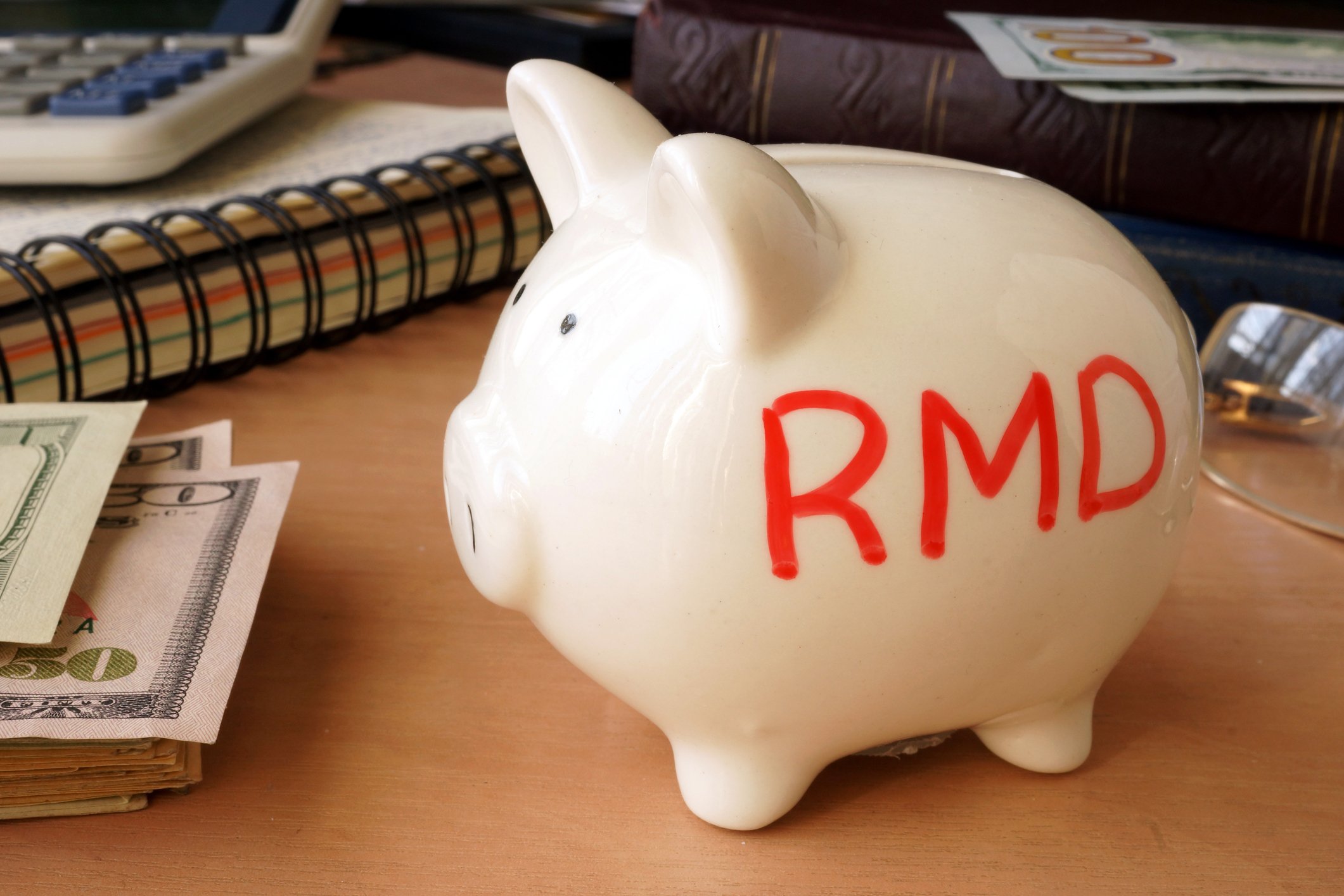Social Security is, for a majority of Americans, a critical source of income during retirement. Data from the Social Security Administration (SSA) finds that more than three out of five seniors counts on their retirement benefits for at least half of their monthly income.
According to the recently released Social Security Snapshot in March, some $76.64 billion was parsed out to 61.26 million eligible beneficiaries. This is a figure that's expected to steadily grow over time as baby boomers reach the eligible retirement age and exit the workforce, and as current retirees live longer as a result of improved health education and more effective medicine. This also means that Social Security's draw as a percentage of U.S. GDP is expected to grow, too.

Image source: Getty Images.
A breakdown of where Social Security's monthly checks go
But have you ever wondered where that $76.64 billion in benefit payments (at least for March) are heading each month?
Remember, while Social Security was primarily designed to provide a financial foundation for lower- and middle-income retired workers (and that is where a majority of monthly checks head), it's also a source of income for the spouses and children of those retired workers, as well as a relied-upon financial foundation for the disabled and for survivors of deceased workers who qualified for Social Security benefits.
A very simplistic breakdown of Social Security's payouts looks like this:
- Retirement benefits: 76.9%
- Disability benefits: 14.3%
- Survivor benefits 8.8%
The bulk of Social Security's monthly income is headed to more than 41 million retired workers, who are bringing in an average monthly benefit check of $1,365.35. This work out to a little more than $16,300 in annual income. It may not sound like much, but as noted above it's good enough for at least half of the annual income for a little over 60% of today's retired workers who are receiving benefits. The remainder heads to disability insurance or survivor benefits.
An illustration of who's getting your Social Security payroll tax dollars
But let's break things down a bit further. Below is an illustration that transcends the so-called simplistic breakdown and the three categories by presenting Social Security's monthly payments from its largest source to its smallest.

Data source: Social Security Administration's March 2017 snapshot. Chart by author. Parents of deceased workers account for less than 0.01% when rounded.
Let's begin with the elephant in the room: retired workers. As you can clearly see from the above chart, retired workers comprise the bulk of the SSA's monthly payouts at 74.1% ($56.81 billion). Yet there's some clear worry for today's retirees and those set to retire over the next two decades that a benefit cut could be coming. The ongoing retirement of baby boomers, which is weighing on the worker-to-beneficiary ratio, and lengthening life expectancies could deplete Social Security's excess cash by the year 2034. Should this happen, benefits could be cut by as much as 21% across the board.
The next-largest source of benefit payments is disabled workers, who were paid an aggregate of $10.28 billion in March, or 13.4%. Disability benefits aren't handed out lightly by the SSA. First, an individual needs to have earned enough work credits to be eligible for a monthly disability payment. Secondly, your disability has to be long-term in nature, and it has to prevent you from doing your previous job or other meaningful work. Should you qualify for Social Security disability payments, the average check you can expect as of March 2017 is $1,171.52 a month.

Image source: Pixabay.
The third biggest monthly disbursement goes to nondisabled widows or widowers. In March, this group was paid $4.85 billion, or 6.3% of the total amount disbursed by the SSA. You'll note that retired workers, disabled workers, and nondisabled widow(er)s comprise almost 94% of aggregate payouts. The average widow or widower received a check for $1,304.52 in March.
Survivor benefits are a great reminder that even though your Social Security claiming decision is personal, it can have an impact on those important to you, such as your spouse. The longer you wait to claim benefits, the higher the survival benefit that can be passed along to your spouse will grow. If a survivor benefit is higher than what your spouse's own work history would pay monthly, then he or she can choose to take the higher survivor benefit.
The fourth- and fifth-largest categories are veritable ties. Spouses of retired workers were paid $1.68 billion (2.2%) in March, while the children of deceased workers were paid $1.61 billion (2.1%).
Social Security is, and will continue to be, a vehicle used to build a financial foundation for retired workers during their golden years. But, as you can tell from this payout data, there are millions of other people benefiting from the program. Don't lose sight of that fact.





